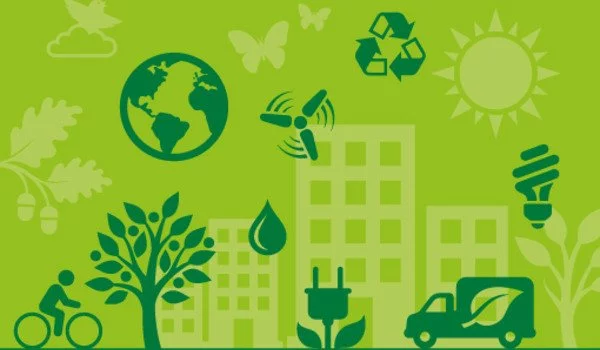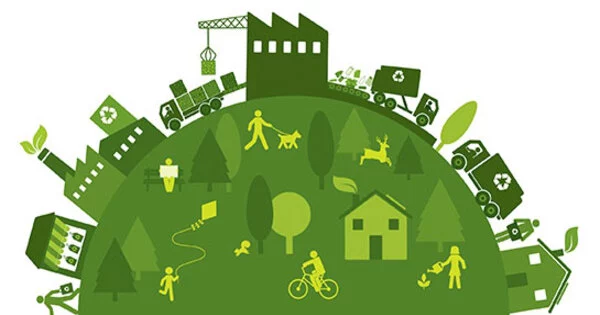Sustainable practices can be elusive for a variety of reasons. One reason is that they may require significant changes to established systems, processes, and behaviors, which can be difficult to implement and sustain. Additionally, sustainable practices may require significant investments of time, money, and resources, which can be a barrier for some organizations and individuals. Furthermore, sustainable practices may not always align with short-term financial goals, which can make it difficult to secure support and buy-in from stakeholders. Additionally, a lack of awareness or understanding about the benefits of sustainable practices can make it difficult to prioritize them.
A new study examines how spatial, temporal, cognitive, and cultural constraints influence humans’ understanding of their surroundings. Humans have been attempting to understand and adapt to their environments for at least 200,000 years. We have succeeded at times, but not always. When we get it wrong, as we did with the Dust Bowl and the expansion of the dead zone in the Gulf of Mexico, the consequences can be disastrous. Humans, on the other hand, can learn from and adapt to past failures and successes.
“Our ability to respond to a future disaster is only as good as our ability to remember past challenges and to care about the future,” explains Santa Fe Institute Complexity Fellow Stefani Crabtree (Utah State University). Crabtree is the lead author of a new study, “Why are sustainable practices often elusive? The role of information flow in the management of networked human-environment interactions,” published in the journal Global Environmental Change.
Societies that remember ecological information adapt better. We must be aware of the limits of our understanding in order to make better decisions and avoid disaster.
Stefani Crabtree
Crabtree led a team of researchers from SFI’s ArchaeoEcology working group on the study. Their goal was to assess how spatial, temporal, cognitive, and cultural constraints affect humans’ understanding of their surroundings. The Coalition for Archaeological Synthesis is funding the group, which includes experts from archaeology, anthropology, ecology, informatics, and other sciences.
The authors delve into archaeological and historical data from history’s “completed experiments” to examine how information flows from ecosystems to the societies that inhabit them. The resulting conceptual model, called Environmental Information Flow and Perception (EnIFPe), was based on case studies from Eastern Polynesia, the North Atlantic, and the American Southwest. The model yields a quantitative measure of information flow that can help distinguish when decisions have a sound basis in environmental knowledge versus when it’s a shot in the dark.

“Of all the social sciences, archaeology is unique in its breadth and time range,” says Jeff Altschul, the President of the Coalition for Archaeological Synthesis, which funded the research. “As such, it can detect signals in human behavior that other sciences with shallow historical reach cannot.”
The study provides a framework for assessing how societies, both past and present, interact with their environments, for better or worse. Jennifer Dunne, a contributing author and SFI’s Vice President for Science, emphasizes that this framework can help guide environmental decisions. The study’s findings are relevant for questions of sustainability and stewardship, both locally and globally, given current environmental issues such as climate change, pandemics, and biodiversity loss.
“Societies that remember ecological information adapt better,” Crabtree concludes. “We must be aware of the limits of our understanding in order to make better decisions and avoid disaster.”
















